Earlier this week Wilberforce University President Elfred Anthony Pinkard made an exciting announcement that the long dormant Wilberforce Bulldog baseball program will be resurrected with on the field play beginning in the fall of 2022.
For me, that means a wait of approximately 450 days until this Midwesterner can finally enjoy some live HBCU baseball just about 90 miles from my hometown. But that’s nothing compared to the approximately 29,000 days since the southwestern Ohio campus has seen an HBCU baseball game being played. That equates to about 80 years since the decision was made to discontinue baseball at Wilberforce University.
Beginning in the late-1920s and into the mid-1930s, HBCU baseball saw a decline in interest and support. Except for a handful of schools like Wilberforce University, black college baseball remained dormant from the mid-1930s until the late-1940s. Heightened interest in football and a lack of the financial support necessary to run a baseball program contributed to the downfall of America’s national pastime as the top sport among HBCUs. Moreover, the Great Depression took its toll on student enrollment and military service also began to deplete the pool of student-athletes.
Unlike at most HBCUs, baseball remained a varsity sport at Wilberforce until the late-1930s but unlike those other schools, where baseball returned in the late-1940s, baseball never seemed to be on the horizon until now for the Green and Gold.
Since very few, if any, are around to remember what Wilberforce University baseball was like, here is a short primer…
Wilberforce University, the nation’s oldest private, historically black university, was founded in 1856 and fielded student run baseball teams in the mid-1880s, competing against teams located in its own Greene County and nearby Clinton County. Later, Wilberforce scheduled matches with area schools, Cedarville College, Wilmington College, and Antioch College of Yellow Springs.
It isn’t clear whether Wilberforce officially supported a school team in the 1880s when it faced college opponents Cedarville, Wilmington, and Antioch. However, by 1896 Wilberforce was still competing against those schools and for years to come would be the only black college to regularly schedule games against predominantly white colleges. In fact, Wilberforce University was quite possibly the first HBCU to affiliate with white colleges, forming an athletic conference of Ohio-based schools in July of 1928.
Members of those early Wilberforce “nines” included Alphonso T. Arnett, son of influential clergyman and political leader Bishop Benjamin Arnett, Theo Bryant, and William Wallace. A team photo from 1897, including the likeness of Sol White, and a newspaper story indicating White was an athletic instructor at Wilberforce during that time, gives rise to speculation that the future Major League Baseball Hall of Fame inductee was in some way associated with the team. Though schooled at Wilberforce, by this time, White probably would have been the coach or served as the team’s business manager. However, since there were no common eligibility rules established at this time, it is quite possible that he did see some playing time for Wilberforce. Sol White was a longtime player and manager in the Negro Leagues and is remembered for recording and publishing the first exhaustive history of black baseball in 1907, simply titled History of Colored Baseball.

Pictured in this photo, but not identified by name, is most likely future baseball hall of famer, Sol White (top row, second from right). For a story on this photo, please read here
In 1914, the Indianapolis Freeman newspaper featured a recap of a significant Wilberforce University home game versus Ohio State University played on April 10th. Ohio State does not show the game in its historical accounts and it might be hard to fathom a school like Ohio State (even back then) scheduling an away game at Wilberforce. However, the account is accurate as to the names of team members mentioned in the paper. While Wilberforce lost 2-1, there was a masterful pitching display by Wilberforce’s Lawrence Simpson and George Troutman of Ohio State. Simpson played for the famous Negro team, the West Baden Sprudels and went on to play with other well know Negro League teams, and OSU’s Troutman went on to be the president of the National Association of Professional Baseball Leagues from 1946-1963 which oversaw the entire minor league baseball system. Another future Negro Leaguer at Wilberforce in 1914 was Ted Kimbro who played with Lawrence Simpson on the Sprudels.

Isaac Lane
The following year, Isaac Sappe Lane migrated from Georgia State Industrial College (now know as Savannah State University) and starred on Wilberforce teams in 1915 and 1916. Before returning to the school as its head coach in 1927, Lane played professionally with the Dayton Marcos, Columbus Buckeyes and Detroit Stars. Once the Wilberforce University baseball program was terminated, Isaac Lane found a home virtually across the street at Central State (which had been the two-year teacher and industrial training program of Wilberforce University until it received independent status in 1947) where he remained until the mid-1960s.

Harry “Wu Fang” Ward (colorized by author)
One of Wilberforce University’s most recognized names was multi-sport star Harry “Wu Fang” Ward. Ward excelled in football (a Pittsburgh Courier All-American), basketball, baseball, and track. Big and strong with home run power, Ward was once referred to as “the Babe Ruth of college baseball”. After a stint playing basketball professionally with the Homestead Grays and baseball with the Cincinnati Tigers, Harry Ward became an umpire and worked the 1945 East-West Negro League All-Star Game featuring Jackie Robinson of the Kansas City Monarchs and Roy Campanella of the Baltimore Elite Giants. (read another post about Harry Ward here)
A teammate of Harry Ward at Wilberforce was the well-traveled infielder Halley Harding. It has been reported that football took him to four different schools (including HBCUs Fisk University and Wiley College) over a seven year period. After a professional athletic career playing segregated baseball with the Indianapolis ABCs, Detroit Stars and Kansas City Monarchs, Harding became a sports columnist and editor. While employed at the Los Angeles Tribune, Halley Harding became a leader in, and ultimately most remembered for his involvement in the re-integration of professional football in 1946. (read more about Halley Harding here)

James “Buster” Clarkson
Shortly after Wu Fang Ward and Halley Harding left the Wilberforce, Ohio campus in 1931, James “Buster” Clarkson arrived to take Ward’s place as the star of the Wilberforce Big Green baseball team and Clarkson’s star continued to shine well after his days in college. His professional career included stops with the Newark Eagles, Pittsburgh Crawfords, and Philadelphia Stars, as well as with teams in Canada, Mexico, and Puerto Rico. After a long career outside of organized baseball, the moniker used during baseball’s segregated era referencing the white Major Leagues, Clarkson finally signed his first Minor League contract in 1950 with the Boston Braves organization. Then, on April 30, 1952, at age 37, Buster Clarkson was called up to the parent club, which gave him the distinction of being the very first Major Leaguer who had an HBCU baseball playing experience. (read another post about Buster Clarkson here.)
So there it is in a nutshell. What a baseball saga! And just think, a new chapter is only about 450 days away.


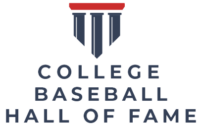
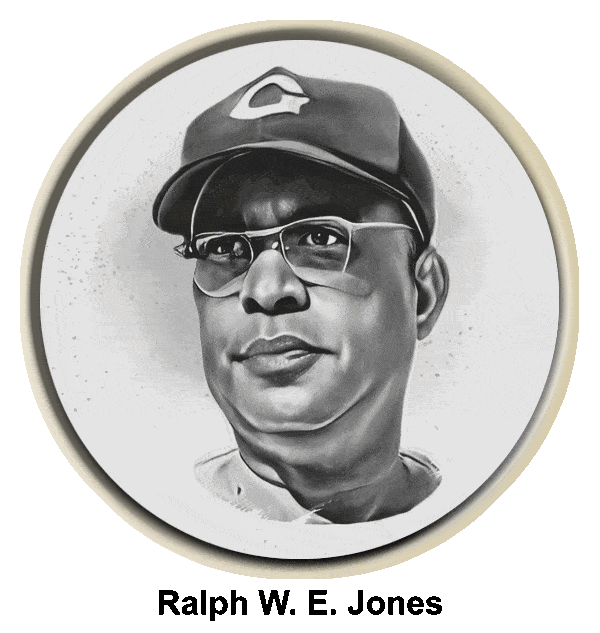




















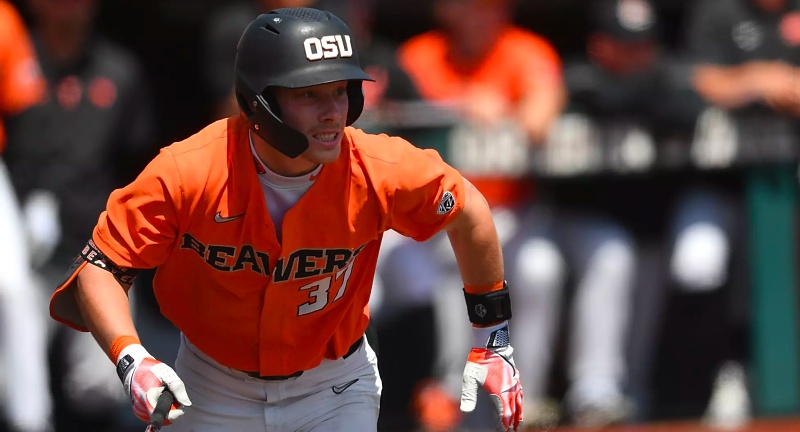

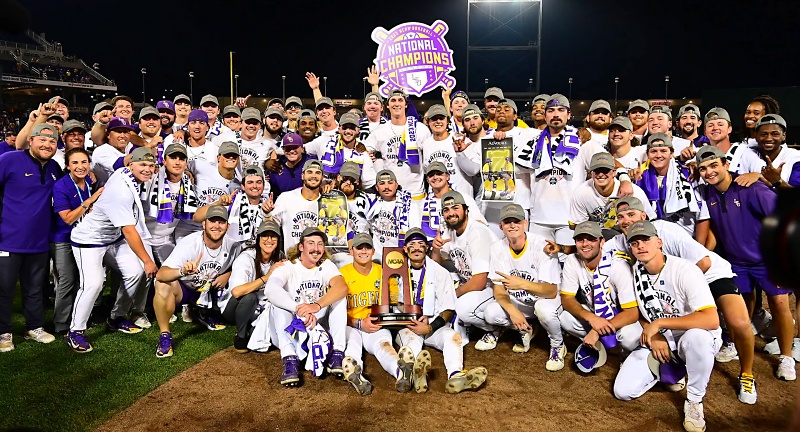







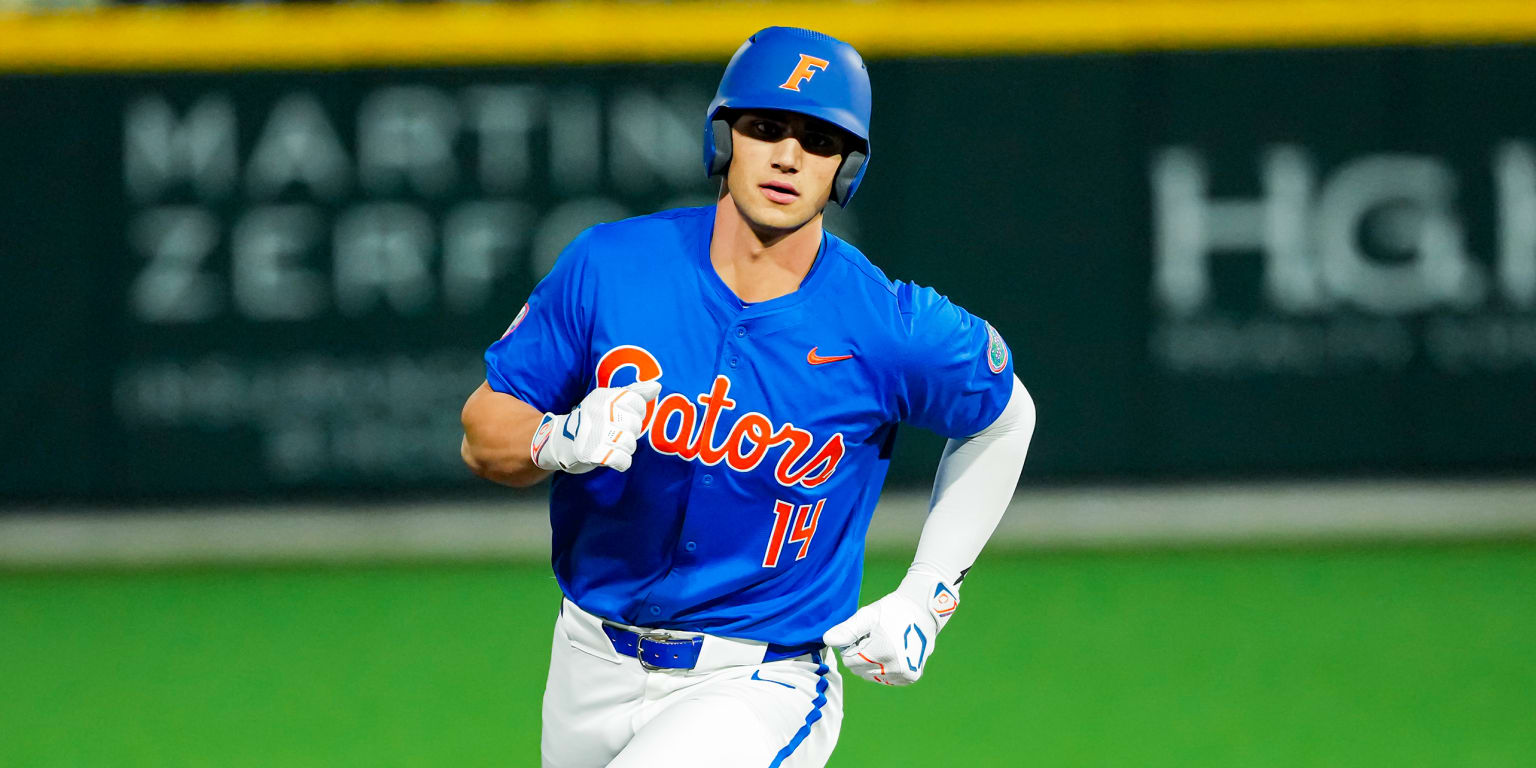
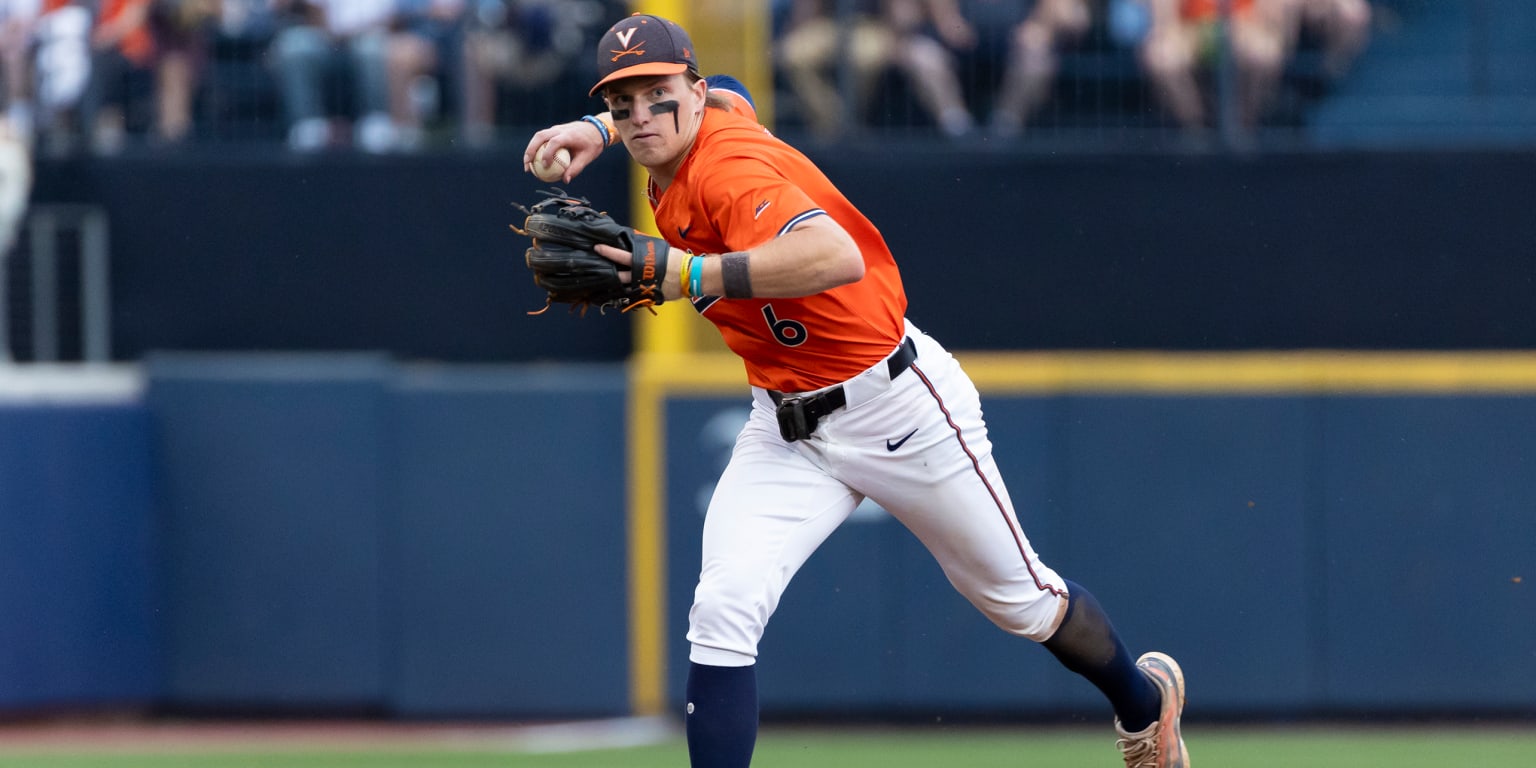
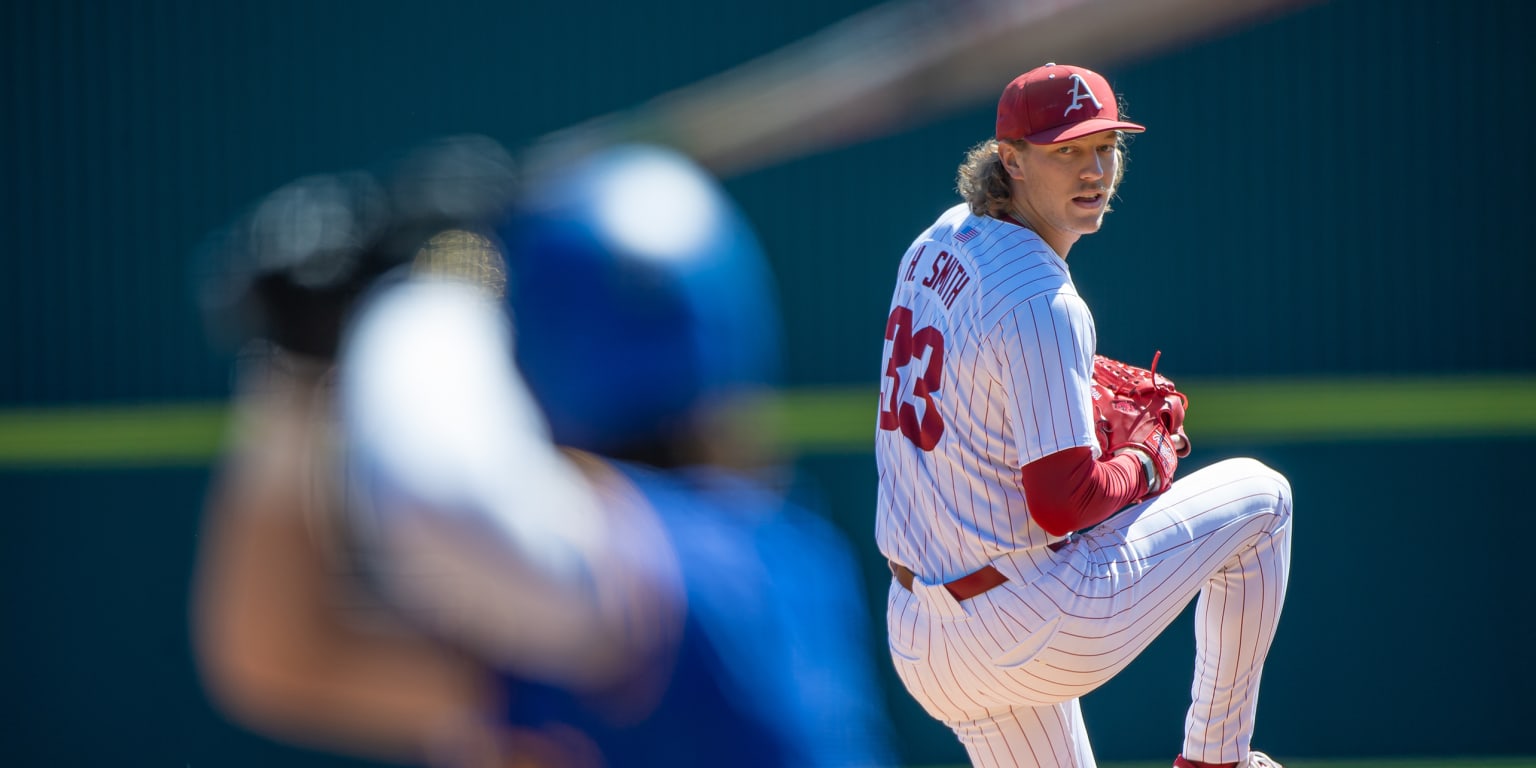
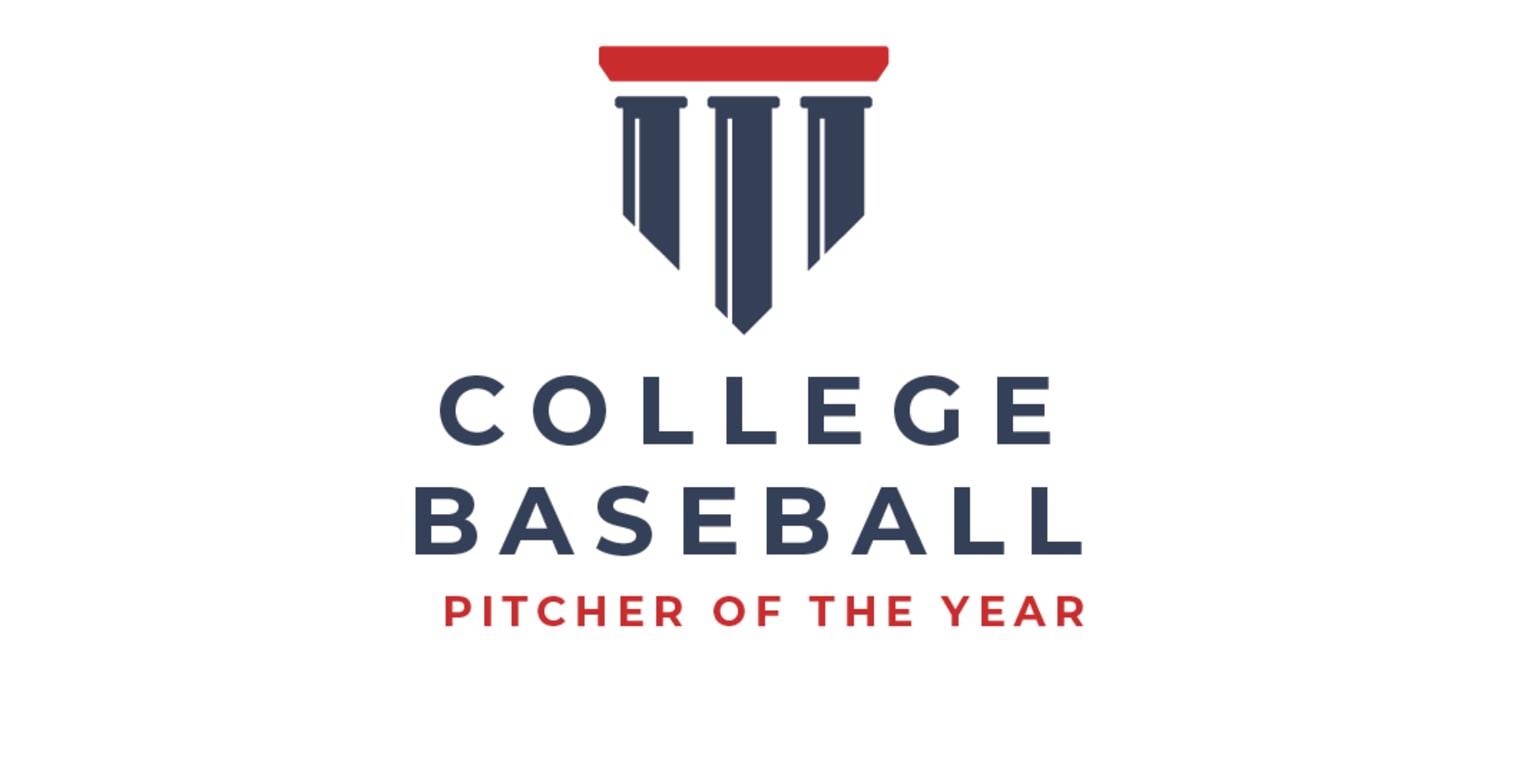

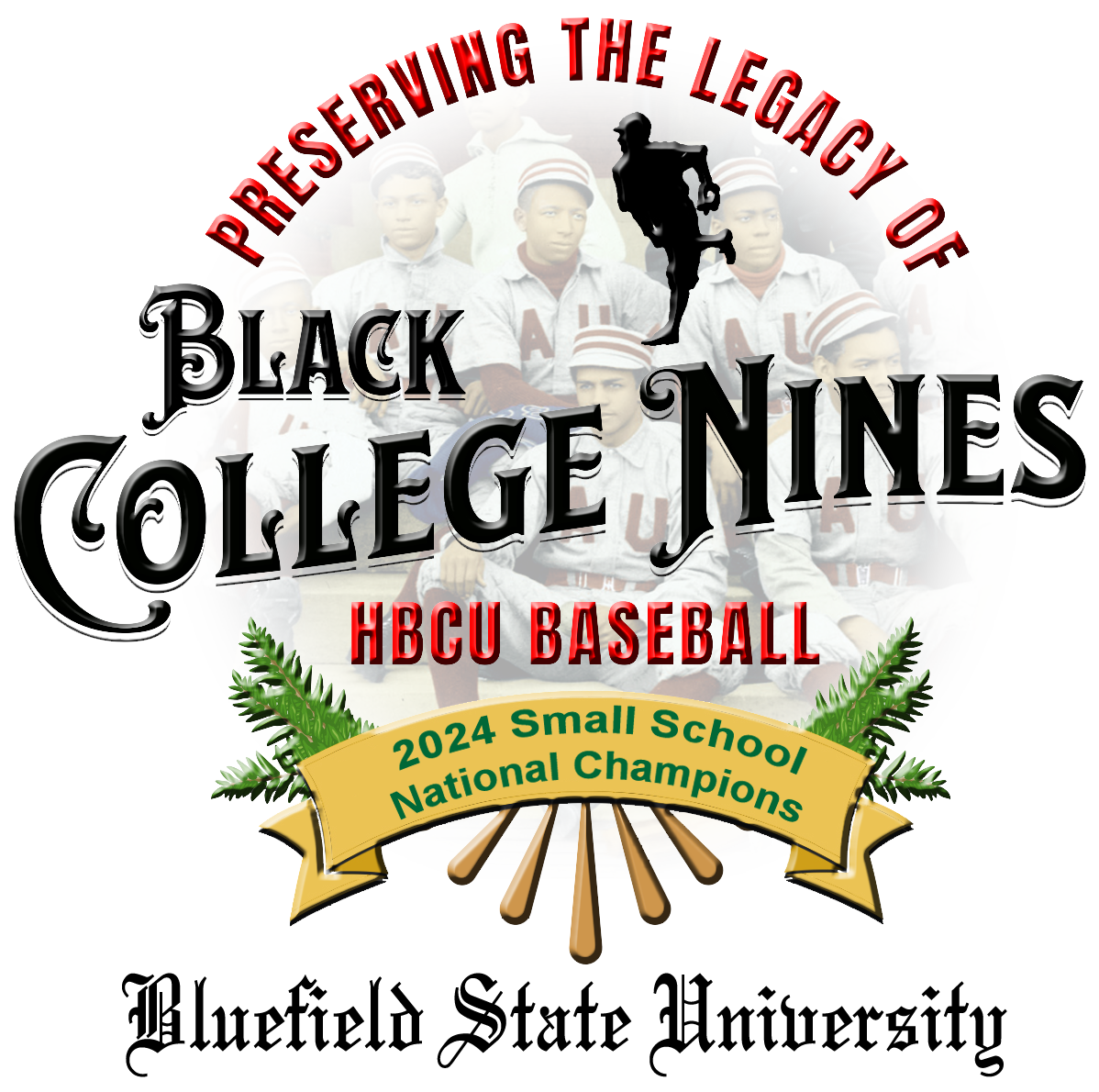







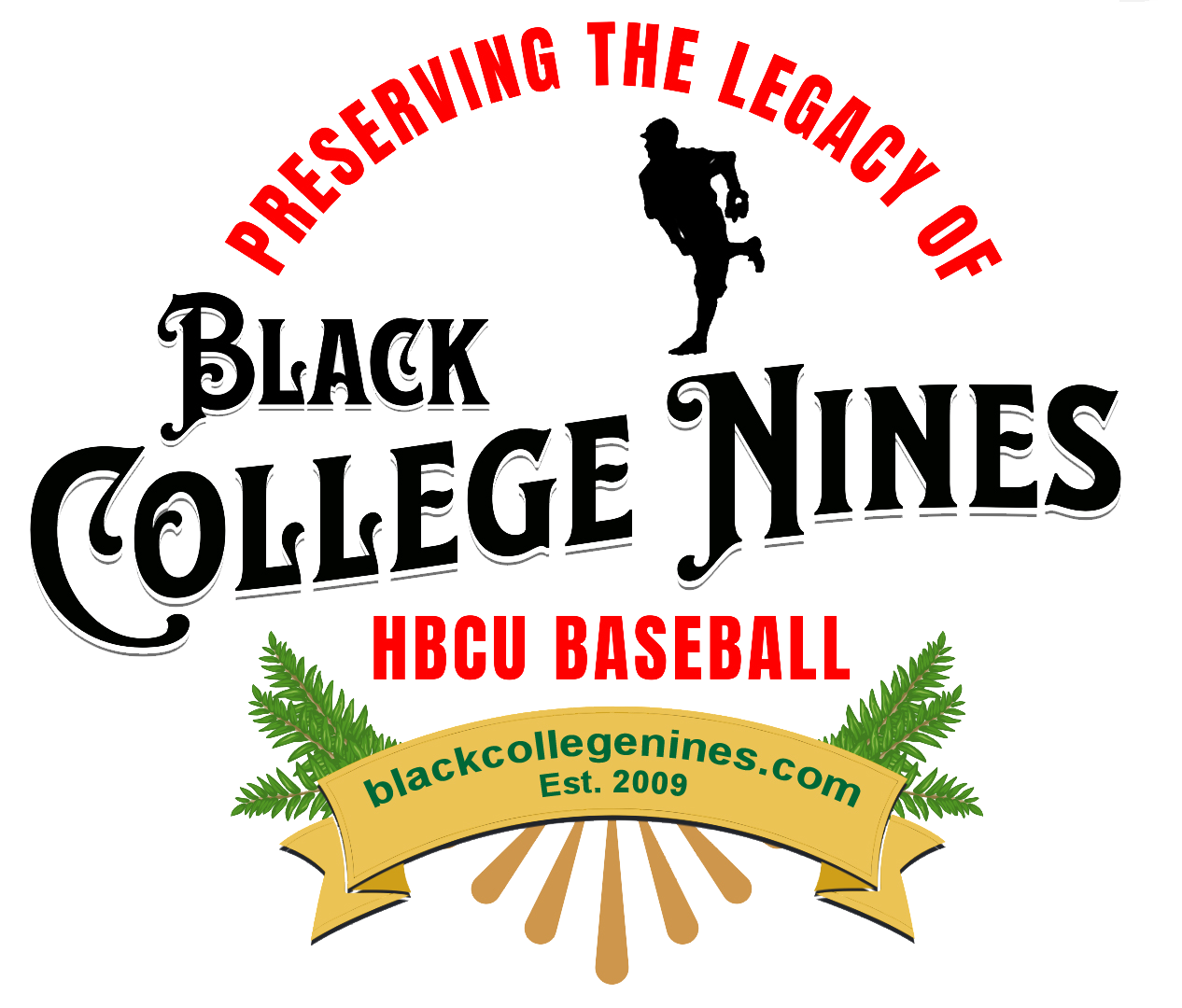
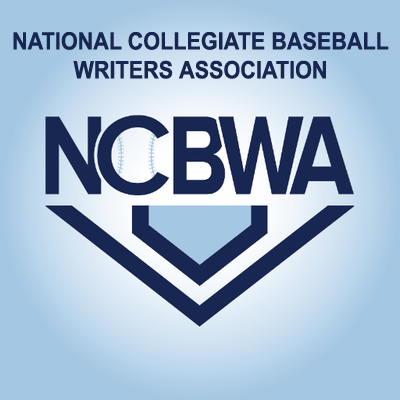



Wilberforce has a wealth of HBCU baseball history well before the Negro Leagues became a household word. By far a great historical article of the nation’s oldest private, historically black and university baseball program. This is a great read.